Do you ever find your students lose steam halfway through your lessons and just don't engage as you'd like them to? Don't take it personally! Sometimes all they need is a quick brain break!
I remember the first time I incorporated a brain break in my teaching, before I had even heard of the term or concept. I had put days of prep into my lesson: hours had gone into creating the best PowerPoint, Printables and engaging activities that I was sure would keep my students motivated and inspired. The lesson came and I was teaching my heart out, but the afternoon slump was apparently hitting hard and the students were just not giving. My middle school students were usually so vibrant and eager, but as I was looking around the room they looked fatigued and distant. No one was answering questions, eyes were glazing over and the vibe was just… flat…
So something just came over me and I stopped the whole lesson. I said “Right, everybody up!” That alone caught their attention as it was not expected! They got up slowly, looking around at each other wondering what I was going to do next. I then gave the next instruction: “Turn to the person next to you and hold out your hand to them.” They looked around again in confusion but complied… Then I called out “1, 2, 3, 4, I declare…” immediately, their little faces lit up when they saw where I was going with it “...a thumb war!”; they clasped each others hands, those thumbs went wagging and smiles spread on everyone’s face! Laughter filled the room, and after a few more rounds the class looked and felt energised. We then successfully carried on the lesson with the kind of energy and engagement I was hoping for. It wasn't my lesson that was the problem, all they needed was a little refocus, a little brain break!
Since then I kept this in my teaching arsenal, and developed more ways to use short, energizing brain breaks, as they work wonders in revitalizing student focus, boosting creativity, and fostering a positive learning environment. In this article, I want to share with you my top tips for using brain breaks in your classroom:
So something just came over me and I stopped the whole lesson. I said “Right, everybody up!” That alone caught their attention as it was not expected! They got up slowly, looking around at each other wondering what I was going to do next. I then gave the next instruction: “Turn to the person next to you and hold out your hand to them.” They looked around again in confusion but complied… Then I called out “1, 2, 3, 4, I declare…” immediately, their little faces lit up when they saw where I was going with it “...a thumb war!”; they clasped each others hands, those thumbs went wagging and smiles spread on everyone’s face! Laughter filled the room, and after a few more rounds the class looked and felt energised. We then successfully carried on the lesson with the kind of energy and engagement I was hoping for. It wasn't my lesson that was the problem, all they needed was a little refocus, a little brain break!
Since then I kept this in my teaching arsenal, and developed more ways to use short, energizing brain breaks, as they work wonders in revitalizing student focus, boosting creativity, and fostering a positive learning environment. In this article, I want to share with you my top tips for using brain breaks in your classroom:
1. Spark Creativity
Incorporate brain breaks that encourage creativity, such as quick drawing challenges, storytelling sessions, or brief writing prompts. These activities stimulate students' imaginations and promote innovative thinking, which is effective for giving the brain a rest and helping them get back on task.
2. Puzzle Break
Provide brain teaser cards or puzzles for students to solve during breaks, challenging students to think outside the box and stimulate their cognitive abilities.
3. Mix It Up
Mix things up to cater to different interests and learning styles and keep things unpredictable. Incorporate activities like quick physical exercises, creative challenges, puzzles, and short mindfulness exercises. This variety helps maintain engagement and prevents monotony.
4. Short and Frequent
Aim for short brain breaks that last around 5-10 minutes. These frequent breaks are more effective than longer ones and help prevent students from losing focus. Consider integrating a brain break after every 20-30 minutes of teaching, or whenever you start to notice them fading!
5. Interactive Challenges
Introduce brain-break puzzles and trivia that encourage critical thinking and teamwork. Students can work together to solve problems, fostering a sense of collaboration and friendly competition helping to wake them up and refocus!
6. Energising Movement
Incorporate physical activities that get students moving and energized. Activities like quick stretches, simple yoga poses, or even a short dance session can help improve blood circulation, boost mood, and re-energize the mind.
7. Riddle Time
Engage students with a quick riddle challenge during brain breaks. Project a riddle on the board, and encourage students to work collaboratively or individually to solve it. This activity not only sharpens their problem-solving skills but also adds an element of fun to the classroom.
If you want a ready-made pack of student-approved riddles to use in your classroom, then you can download this bundle of 198 riddles right now. These also make great bell ringers for getting your lessons started in a positive way. Embrace the power of brain breaks and watch as your classroom transforms into a space of energized minds and joyful learning!
Have you discovered your secret recipe for the perfect brain break? Share your go-to strategies or innovative ideas in the comments below!
Have you discovered your secret recipe for the perfect brain break? Share your go-to strategies or innovative ideas in the comments below!

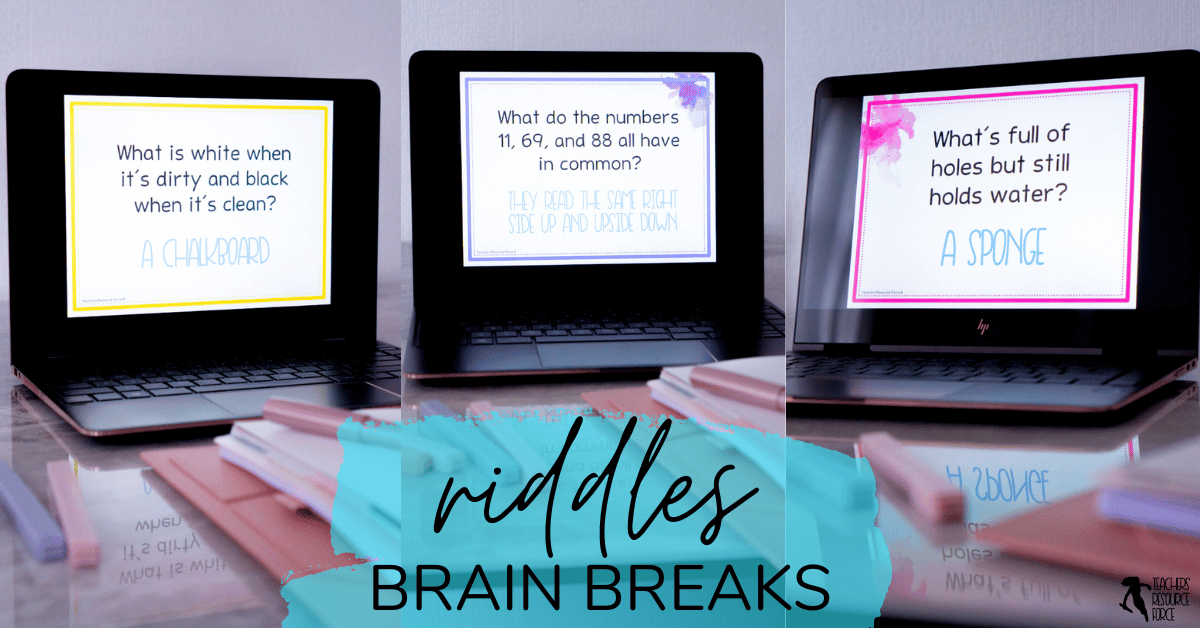


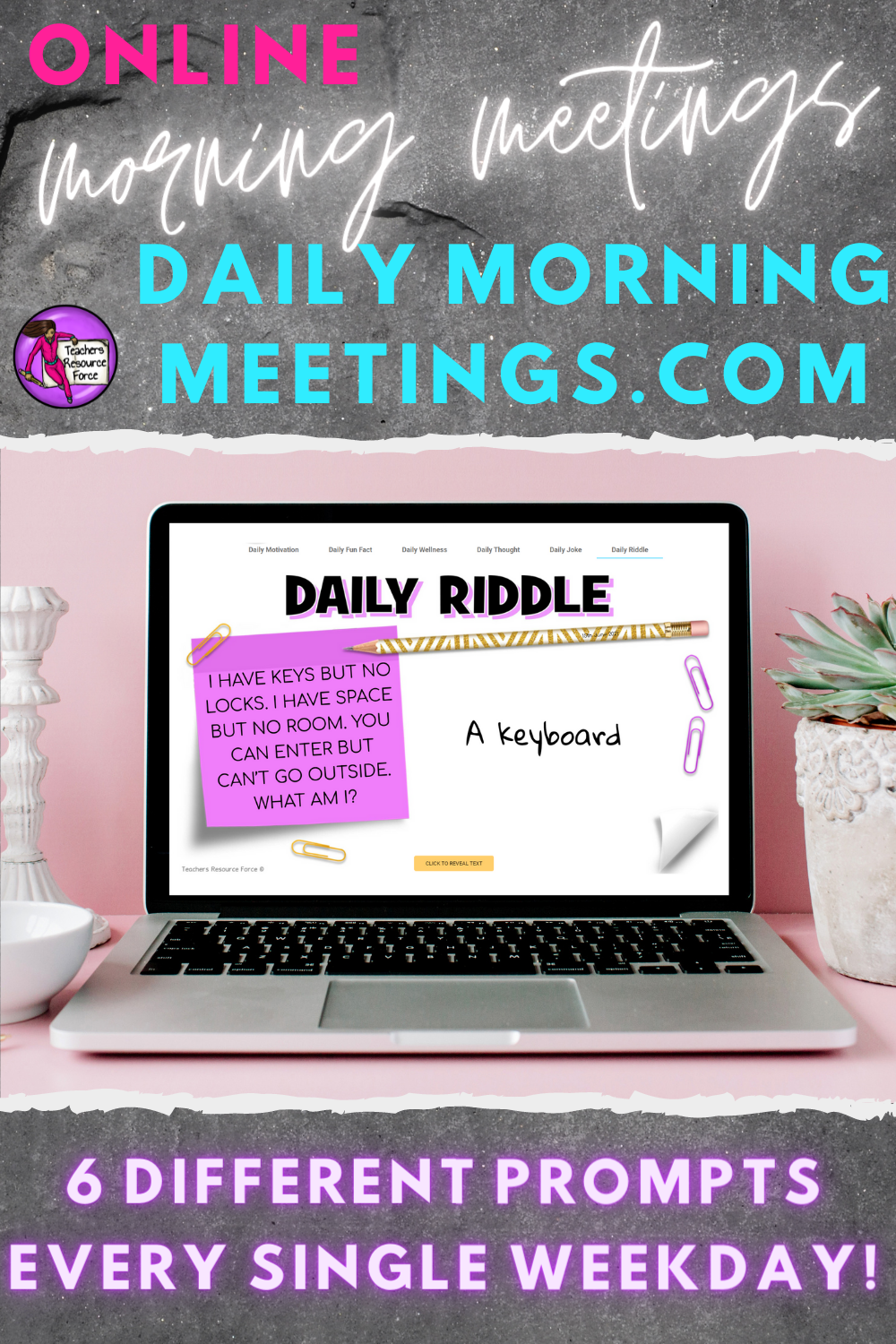

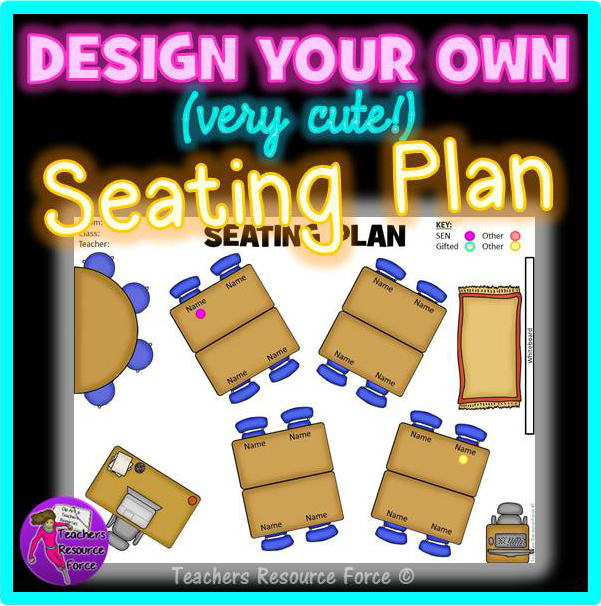

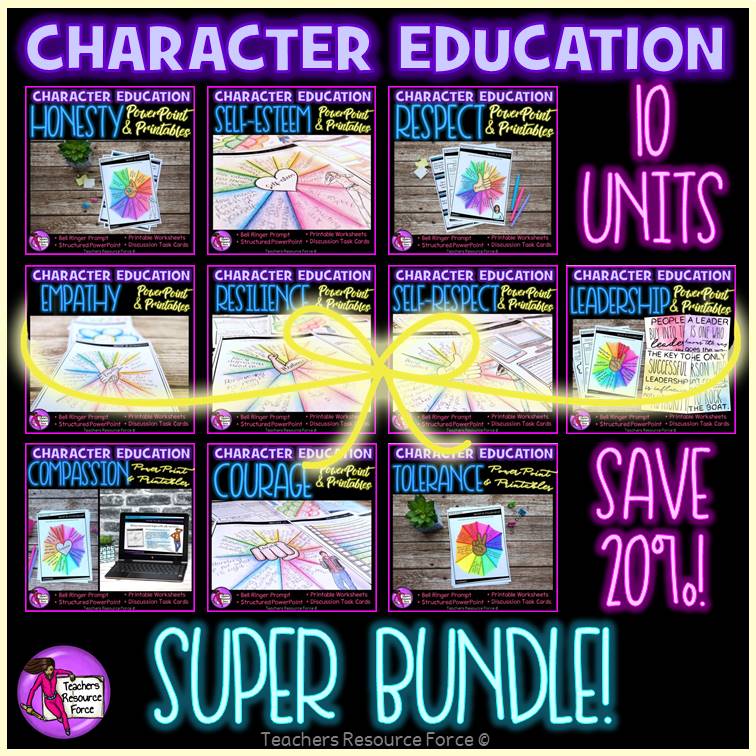

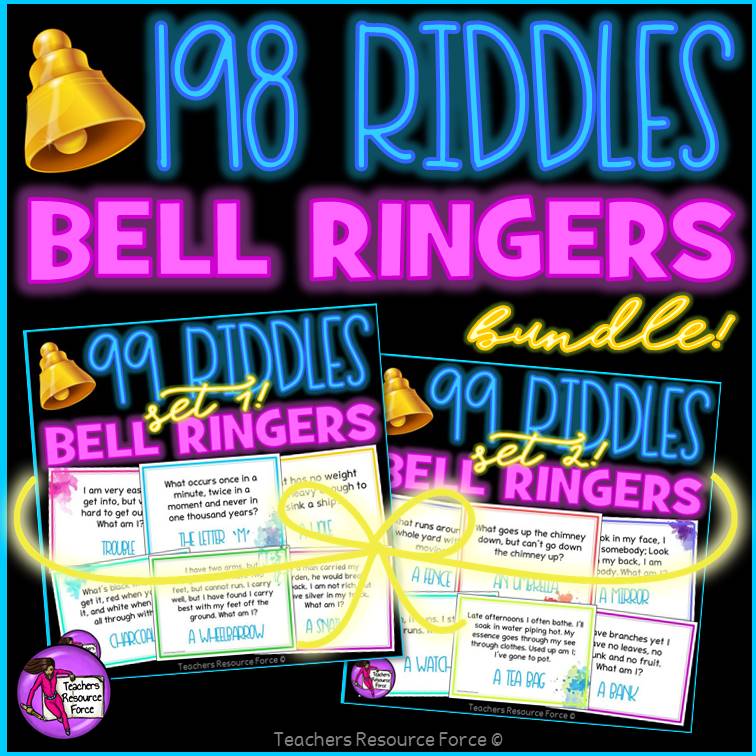









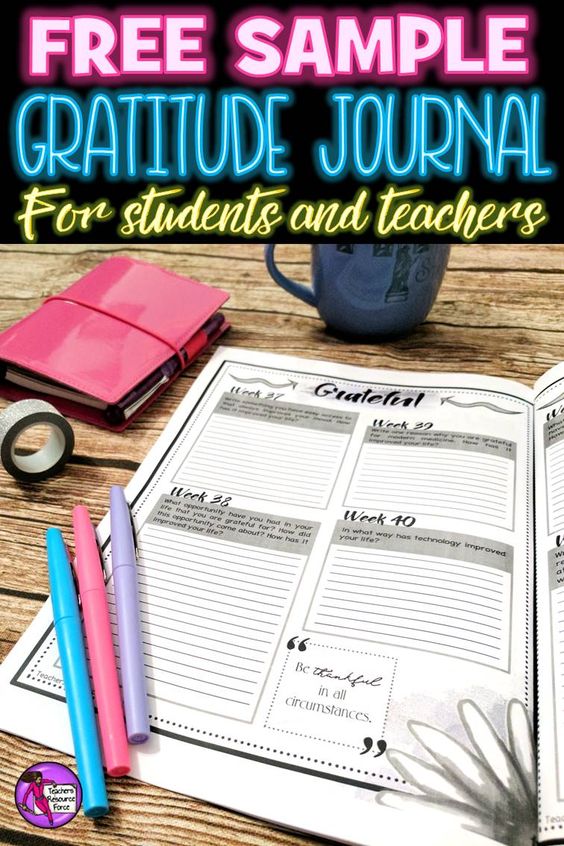






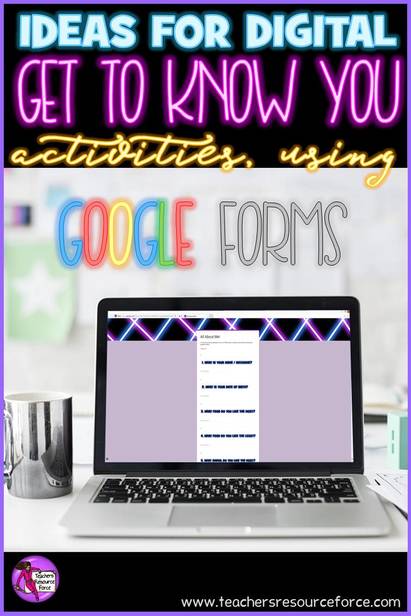
 RSS Feed
RSS Feed



